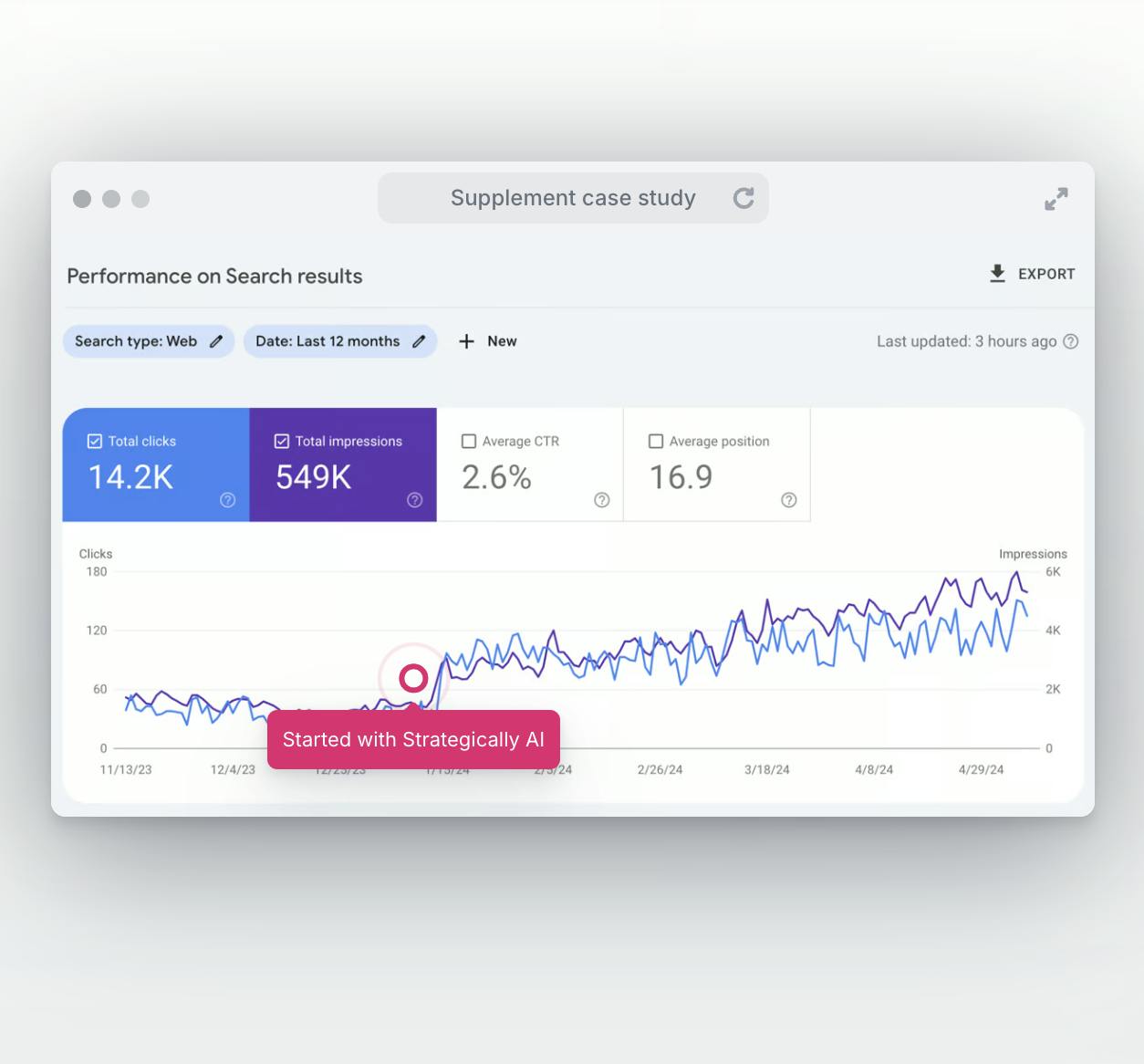In the ever-evolving landscape of the English language, understanding verb conjugations is essential for effective communication. One such verb that often piques curiosity is "seek." In this article, we will delve into the past tense of "seek," exploring its forms, usages, and examples to provide you with a comprehensive understanding.
Seeking Clarity: What is the Past Tense of "Seek"?
Before we dive into the past tense of "seek," let's grasp the basics. "Seek" is a versatile verb that means to search for, look for, or try to find something. When we want to express actions that occurred in the past, we need to conjugate "seek" accordingly.
The Simple Past Tense: Sought
In standard English grammar, the past tense of "seek" is "sought." This simple past tense form is used to describe actions that took place and were completed in the past. "Sought" is the past participle of "seek" and is used in various contexts to convey past actions of searching or pursuing.
Examples:
- She sought wisdom in ancient texts.
- They sought shelter from the storm.
- The explorer sought treasure in the jungle.
Past Continuous Tense: Seeking
While "sought" is the primary past tense form of "seek," there are instances where the past continuous tense, "seeking," may be used. The past continuous tense indicates that an action was ongoing or in progress at a specific point in the past.
Examples:
- At that time, she was seeking guidance from her mentor.
- They were seeking answers to their questions throughout the night.
- He was seeking new opportunities when he stumbled upon a remarkable idea.
Subtle Nuances in Meaning
It's important to note that while "sought" is the standard past tense of "seek," using the past continuous tense "seeking" can sometimes introduce subtle differences in meaning. "Sought" typically implies a completed action, while "seeking" in the past continuous may emphasize the ongoing nature of the search.
Frequently Asked Questions
What is the simple past tense of "seek"?
The simple past tense of "seek" is "sought."
When should I use "seeking" as the past tense of "seek"?
"Seeking" is used in the past continuous tense to indicate ongoing actions in the past. It may introduce nuances in meaning compared to "sought."
Are there irregular forms of "seek" in the past tense?
No, "seek" follows the regular pattern of forming the past tense with "sought."
Can "sought" be used in formal and informal writing?
Yes, "sought" is suitable for both formal and informal writing.
Where can I get expert assistance with my writing needs?
For top-notch content, expert writing services, SEO optimization, unlimited revisions, and more, visit Strategically.co, your trusted content writing agency.
In Conclusion
Understanding the past tense of "seek" is a valuable tool in expressing past actions accurately. While "sought" is the standard form, "seeking" in the past continuous tense can add depth to your narrative. So, whether you've "sought" answers or have been "seeking" knowledge, mastering the past tense of "seek" is a step towards effective communication in the English language.








